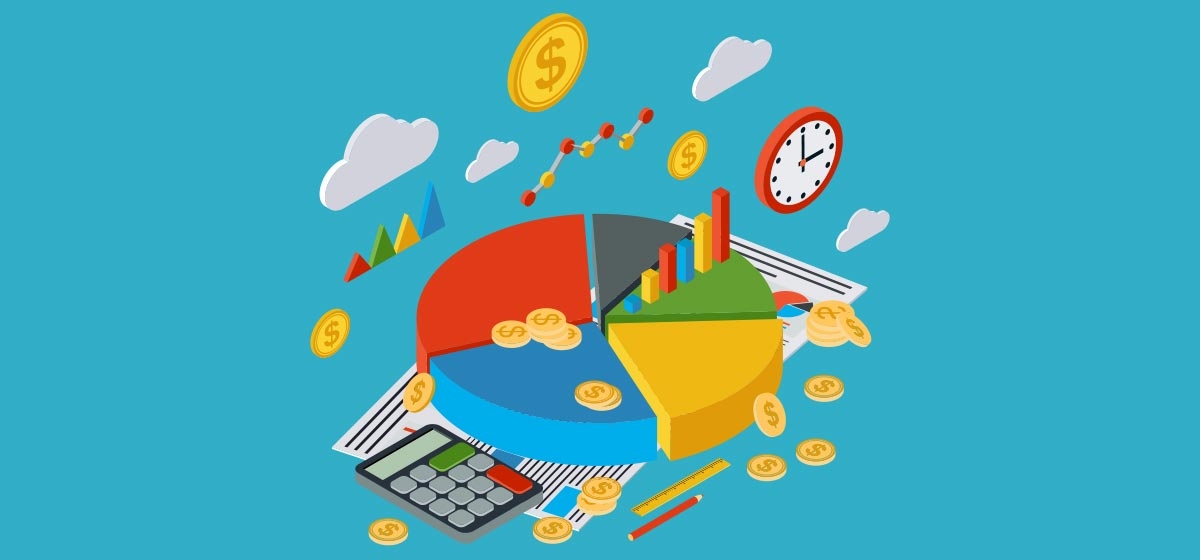What Will You Do in the Crisis? Part II

“I’m less interested in the return on my money than in the return of my money.” –Mark Twain
Whether the markets crash next week or years from now, it’s not too soon to be thinking about how we will navigate the next crisis. With asset prices as high as they are and investor complacency (measured by market volatility) as low as it is, we would be foolish to assume everything will be just dandy.
So how to prepare ourselves and our portfolios for the coming crisis? Here are six suggestions, in no particular order, from which you can select at your leisure.
1. Make sure you’ve covered your spending
Do you know what percent of your investment portfolio you spend every year? If its 3% or less (and good for you!), make sure you are holding 15% of your portfolio in cash, Treasury bills, or rock-solid municipal bonds. i.e., five years of spending. Why five years? Because most Bear Markets are far shorter than that. Even in the Mother of All Bear Markets—following the Crash of 1929—the markets only went down for four years (1929–1932) and then recovered spectacularly in 1933. Most market crises are far more brief.
But suppose you spend 5% of your portfolio, as charitable foundations are required to do? Many large endowments spend even more. According to my rule, 5% spenders should have 25% of their portfolios in very solid cash and/or fixed income. Few endowments have anything close to that, but that’s because they are playing a relative return game. If they held 25% in bonds while other endowments held only 10%, they would mostly underperform and their CIOs would get fired.
But family investors aren’t playing a relative return game because that game can only be played with Other Peoples’ Money. Since your capital is your own, you need to play an absolute return game, and in that game getting killed during Bear Markets isn’t okay just because other people are also getting killed. Accept the modest reduction in your returns during Bull Markets and trade it for the large reduction in your losses during Bear Markets.
2. Raise cash
One obvious possibility is to lighten up on our exposure to very highly valued assets. Few people do this, pleading the lack of alternatives. This is the TINA principle: There Is No Alternative to owning stocks. After all, bonds are even more overvalued.
But this plea ignores the fact that cash is an available option. Investors don’t like cash because it yields nothing. But so what? We’re no longer worried about yield, we are worried about losing our principal. Unlike stocks and bonds, cash holds its value.
Therefore, one possibility is to begin slowly raising cash in our portfolios until we have arrived at our minimum allocations to both stocks and bonds. This keeps us invested, but at our minimum equity and bond allocations and puts us well over our typical cash allocation. If the markets remain strong, we’ll do well, just not as well as we might have done. But if the markets crash, we’ll do a lot better than almost everybody else.
3. Buy value
If we can’t bring ourselves to sell equities, we could at least switch from the growth stocks we probably have in our portfolios to the value stocks nobody wants. Just since January 2017, growth has beaten value by almost 2,000 basis points. We can safely conclude from that that if the markets crash, the stocks that will be hardest hit will be the ones that have outperformed over the most recent cycle, i.e., growth stocks.
It’s useful to keep in mind that during the Tech Boom nobody—nobody—wanted to own value stocks. Tech and growth were all the rage. Sound familiar? And yet, in the Tech Bust growth blew up and value did just fine. Tech and growth are all the rage today, too. Ergo…
4. Buy puts
Forget it. Unless you’re an experienced investment professional this is what will happen:
You buy a put.
The put expires unexercised.
You buy another put.
That one also expires unexercised.
You realize how much money you’ve wasted and you stop buying puts
The market crashes.
5. Stress test your portfolios
We could take our existing portfolios and “stress test” them by subjecting them to various historical (or imagined) events. How, for example, would our current portfolio have done in 2008? In 2000-2002? In 1987? In 1973-1974? Then, while observing the devastation, we need to ask ourselves two questions. First, can we live through that calamity without selling out and going to cash at the very bottom of the market? Second, how big a lie was our answer to the first question?
The fact is that nearly every investor has one risk tolerance when markets have been strong, and another, very different, risk tolerance when markets are collapsing like a Graubünden landslide. Therefore, although stress testing can be useful, take it with a grain of salt.
6. Think back to how you behaved in 2008
Be honest, your future wealth depends on it! Then grade yourself like this: “I went into the crisis with lots of cash, sold nothing during the crisis, and when markets got cheap I bought everything in sight.” Give yourself an A+. (Unfortunately, you don’t exist.)
“I was frozen into immobility and was sure the world was coming to an end, but I didn’t sell, just rode it out.” Give yourself a B+.
“I bought on the dips right up until Lehman went bust and then I panicked and started selling like crazy.” Give yourself a C-.
(No, there aren’t any Ds or Fs because this is the era of unhinged grade inflation.)
I’ll suggest a seventh way to prepare ourselves for the crash next week.
Next up: What Will You Do in the Crisis? Part III





